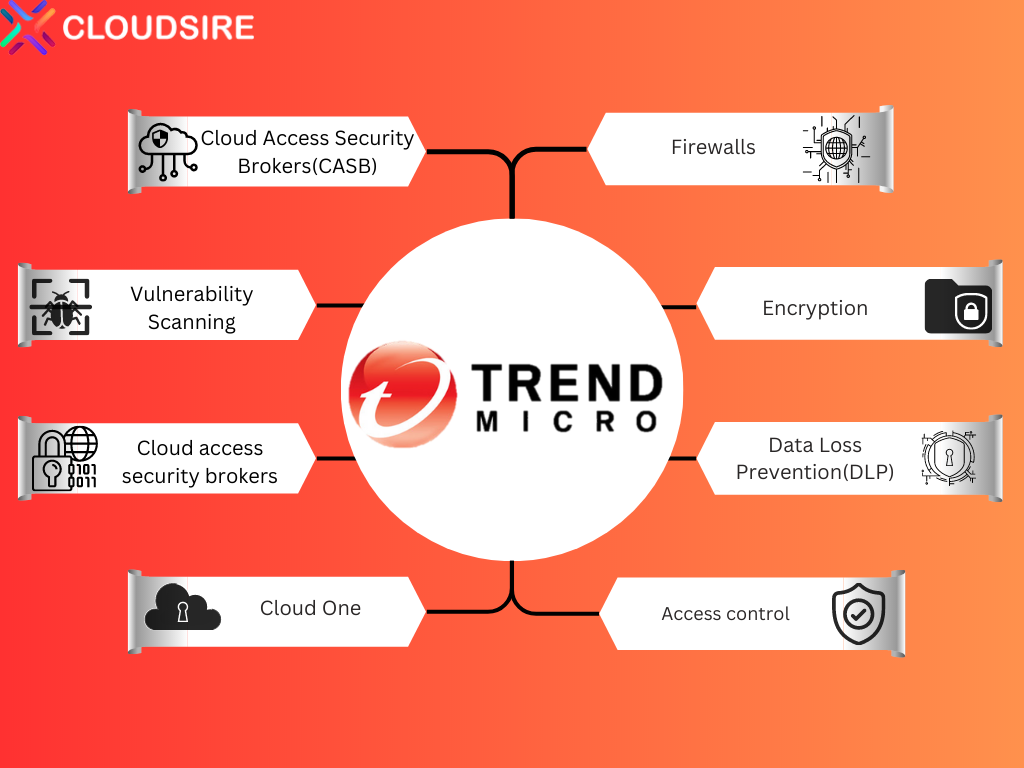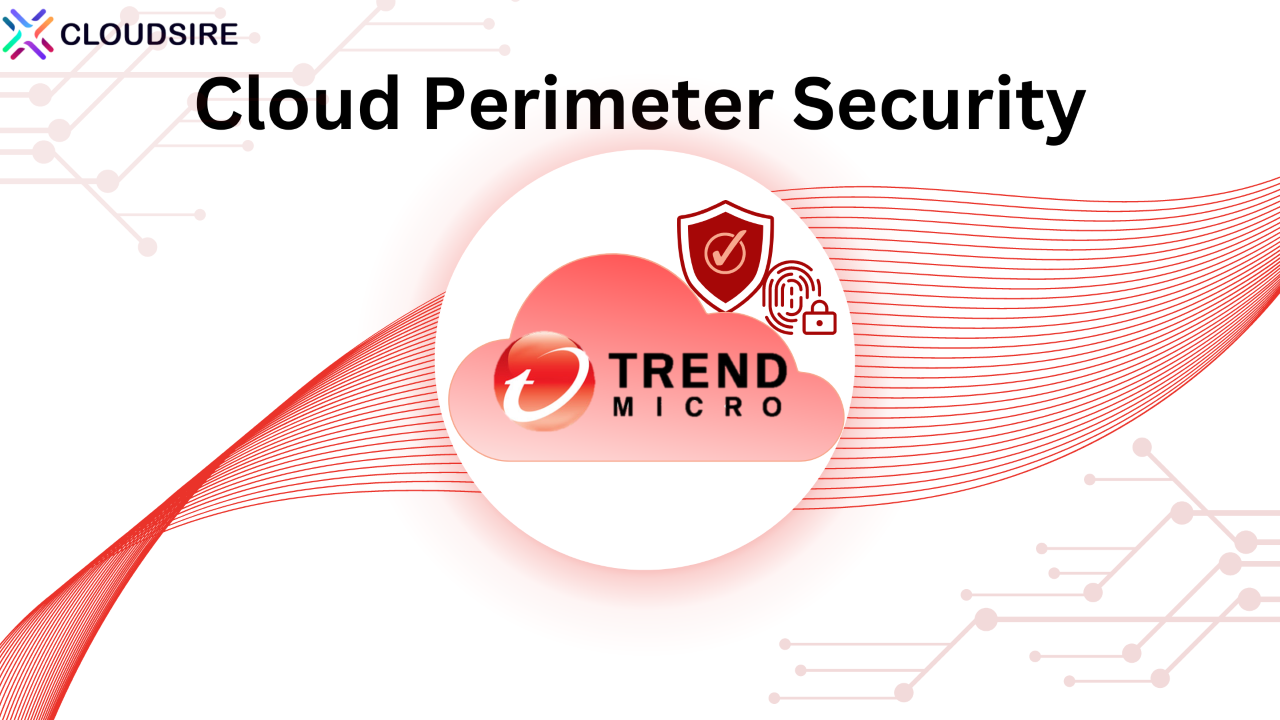
-
 Sai Charan Nallani
Sai Charan Nallani
-
 300 Views
300 Views
-
 6 Min Read
6 Min Read
-
 2 years ago
2 years ago
As a result of Cloud offering flexible and faster innovation resources, most of the companies are migrating towards Cloud leaving the hassle of maintaining On-premises data centers. The Cloud market is exponentially increased and so is the threat of the security breach. To protect a company’s data from distributed denial of service has become one of the primary tasks in the checklist of an entity. Cloud perimeter security is one such approach to protect the highly sensitive data from cyber threats.
Perimeter security or perimeter protection helps to provide secure connectivity between cloud networks, physical data-center networks and the internet. Cloud perimeter security is an important aspect of cloud computing as it helps in integrity to many organizations which ensures in availability of the cloud resources by protects the network using firewalls, intrusion detection systems, and other security technologies that protect the network, applications, and data hosted in the cloud.
Firewalls:
Firewall is a network security system that monitors and controls network traffic based on the pre-set security rules acting as a barrier between the Cloud environment and the internet, blocking unauthorized access.
Access control:
Access control work is to accept or deny access to sensitive data. It frames strict rules to gain access to the sensitive data. This can prevent attackers by protecting Cloud.
Encryption:
As we all know encryption is the process of converting information into unreadable information. This is done to secure the information and prevent access to everyone.
Intrusion detection and prevention systems (IDPS) :
Intrusion detection and prevention systems are used to monitor network traffic. These systems can prevent attacks like Distributed Denial of Service (DDoS) attacks and other forms of Cyber-attacks.
Data Loss Prevention (DLP):
DLP systems prevent data leakage and data theft by monitoring and controlling data access and transfer. DLP systems can detect and prevent unauthorized access attempts, monitor data usage, and block sensitive data from being shared.
Cloud Access Security Brokers (CASB):
A CASB is a security tool that provides visibility and control over cloud services usage. CASBs can detect and prevent unauthorized cloud service usage, enforce security policies, and monitor data flow across cloud services.
Vulnerability scanning:
Vulnerability scanning is a software access to cloud networks in which the process of scanning a system for exposure which can be attacked. By scanning for the liability of the organizations frequently we can fix the security of the network before any information leaks.

Trend Micro is a global leader in Cloud security that has been recognized by Gartner as a Magic Quadrant leader in CASB (Cloud Access Security Brokers for four consecutive years for their technological superiority. Their suite of Cloud security solutions can help organizations secure their data hosted in the Cloud from a range of threats including Malware, Ransom ware and unauthorized access.
One of the key components of Trend Micro’s cloud security solutions is its CASB. CASB solutions are designed to help organizations gain visibility and control over their cloud applications and data. With Trend Micro’s CASB solution organizations can gain visibility into their cloud applications, monitor activity within and enforce policies to ensure that data is accessed and used appropriately. Additionally, it can help organizations detect and prevent data exfiltration which is a common threat in the Cloud. Another such key component is its Cloud One platform. Cloud One is a unified platform that provides a range of security services including workload protection, container security, file storage security and more. By using Cloud One the organizations can gain comprehensive visibility and control over their cloud environments as well as access to a range of security tools designed exclusively.
Designed to be integrated with other security tools and solutions in the market, trend Micro becomes a flexible and perfect choice for the businesses. For example, Trend Micro’s solutions can be integrated with leading cloud providers such as AWS, Microsoft Azure and GCP allowing organizations to leverage existing security investments and extend their security capabilities to the cloud. Additionally, the solutions can be integrated with other security tools such as SIEM solutions to provide a holistic view of an organization’s security posture. Trend Micro’s Managed Detection and Response (MDR) service provides 24/7 monitoring and response services to help organizations to detect and respond to threats in real-time giving a smoother experience in maintaining Cloud Security.
To conclude, Cloud perimeter security, which is critical for organizations that are moving their data and applications to the Cloud, Trend Micro offers a robust range of tools being a right fit for the businesses to opt for their Cloud environments.
